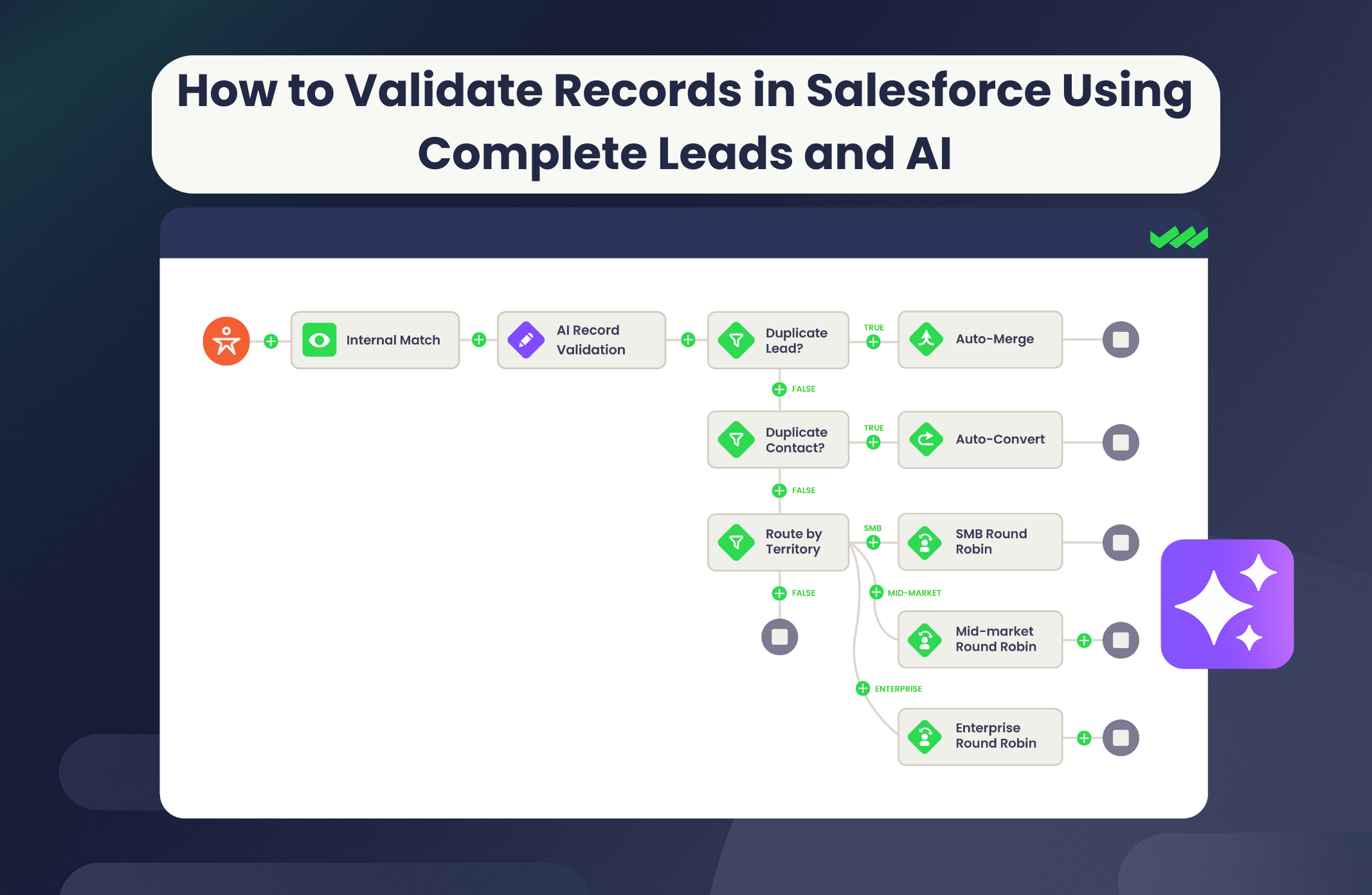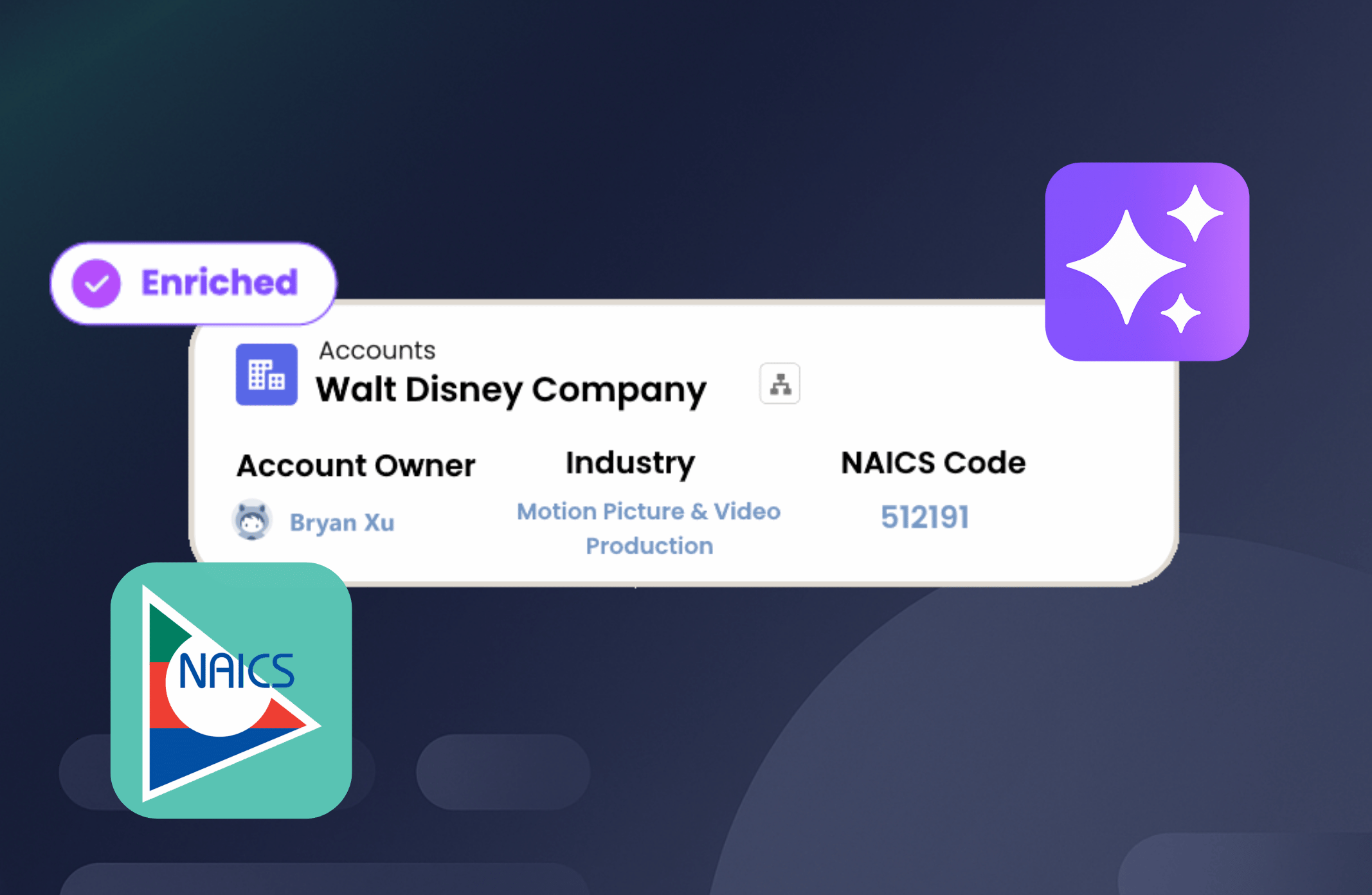The Operations side of any company hasn’t always existed. Certain facets have existed since the 1970’s, but what we think of today as an Operations Team is new.
At the highest level, the purpose of an Operations Team is to facilitate the achievement of their organization’s long-term goals. Often, these roles go overlooked, but the information they provide is invaluable. To see what facilitated the need for operation roles, let’s look at how they came to be.
The Roots of Sales Operations
Of the three, Sales Operations has been around the longest. The first company to pioneer the role was actually Xerox in the 70’s. Their CEO, Neil Rackham, saw a need for this role after conducting the largest research study on successful selling and sales effectiveness. Sales Op’s goal is to create a plan that limits the amount of issues that arise during sales cycles. Sales Hacker sums it up nicely defining Sales Ops as bringing a system to selling.
Strategy for Sales Operations Success
The success of Sales Ops is aided by Customer Relationship Management (CRM) systems which allow Sales Ops to record and analyze data to measure success. Some of the most useful data to Sales Ops is:
- Average win rate, cycle length, and deal size
- Lead response time
- Pipeline efficiency
This data can then be used to influence forecasts made for upcoming sales cycles and create recommendations for the current sales tactics.
Sales Ops work tirelessly to mitigate issues that may arise on sales teams. This can be done through training programs to keep sales skills sharp, monitoring the sales methods used and most importantly, making sure that sales is aligned with the company’s overall goals. These efforts allow sales to focus solely on selling.
The Roots of Marketing Operations
Marketing Operations wasn’t a commonly recognized term until 2005. The role was born from the need to prove the success of marketing campaigns by tracking results, recording data and making recommendations. Now it has become a data driven role, held by someone with analytics experience.
Strategy for Marketing Operations Success
Marketing Operations today focuses on planning processes, creating budgets, analyzing metrics and making campaign suggestions.

With the highly technical nature of this role, metrics are the backbone of all recommendations. Important metrics for Marketing Ops to measure are:
- Customer journey metrics
- Growth metrics
- Go-to-market metrics
With these metrics, Marketing Ops can start acting like business architects and use the data to make well informed strategic decisions. They can predict conversion rates, forecast inventory needs, create highly personalized campaigns, and suggest improvements for current business strategies.
ROI from the Marketing Ops role may not be immediate, but businesses with dedicated Marketing Operations can see a 15-25% improvement in marketing effectiveness.
Creating Revenue Operations

Revenue Operations was born from the evolution of marketing, sales and customer success technology and the need for alignment between the business units. Rev Ops focuses on aligning the three revenue focused departments under one guiding principle and has an end-to-end approach to managing operations across the organization. As a hybrid role, it fills the gaps to become the main information center in the organization.
Using metrics for Long-term Growth
Analyzing and delivering data in a way that is easily digested across departments requires very specific metrics. To do this, Rev Ops collects data from revenue-based activities and metrics that are focused on long-term growth. Some key examples of those are:
- Customer acquisition
- Annual recurring revenue
- Customer churn
- Net new revenue
- Gross profit
- Employee retention
Rev Ops uses this information to create the overall strategy of the company. They also create efficiency with Go-To-Market strategies and ensure a seamless customer experience as they move through the sales cycle. Rev Ops can help optimize the marketing, sales and customer success processes.
Combining Operations for Success
Marketing and Sales Operations alone can be very beneficial to an organization, but working together under Revenue Operations, they can provide even more success. Account-Based-Alignment is becoming essential for organizations, and to be effective, revenue-driving departments need to align around the account by having a single source of truth. Having all information centralized allows the often siloed departments to focus on revenue-driving activities. Rev Ops takes the data accumulated by the other Operations Teams, then cleans, organizes and analyzes it to make the focus clearer for Marketing and Sales Ops. This creates a clear focus for all teams to organize their revenue-driving tactics.




